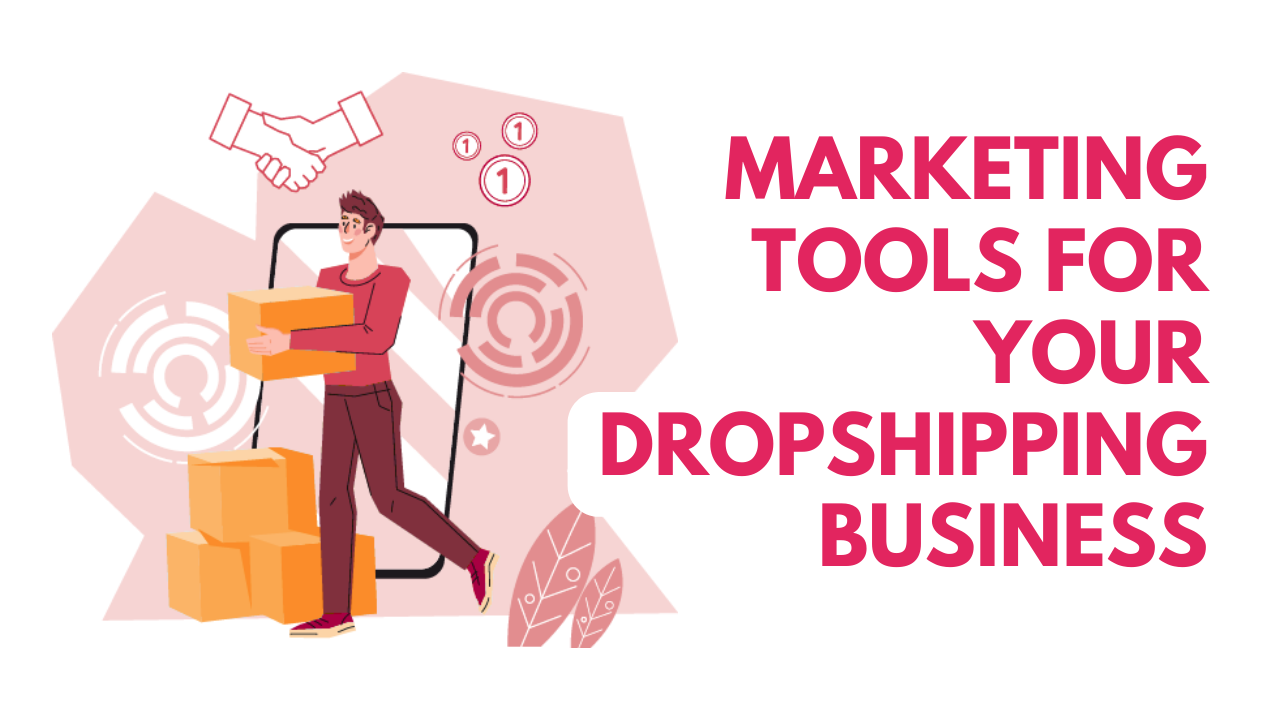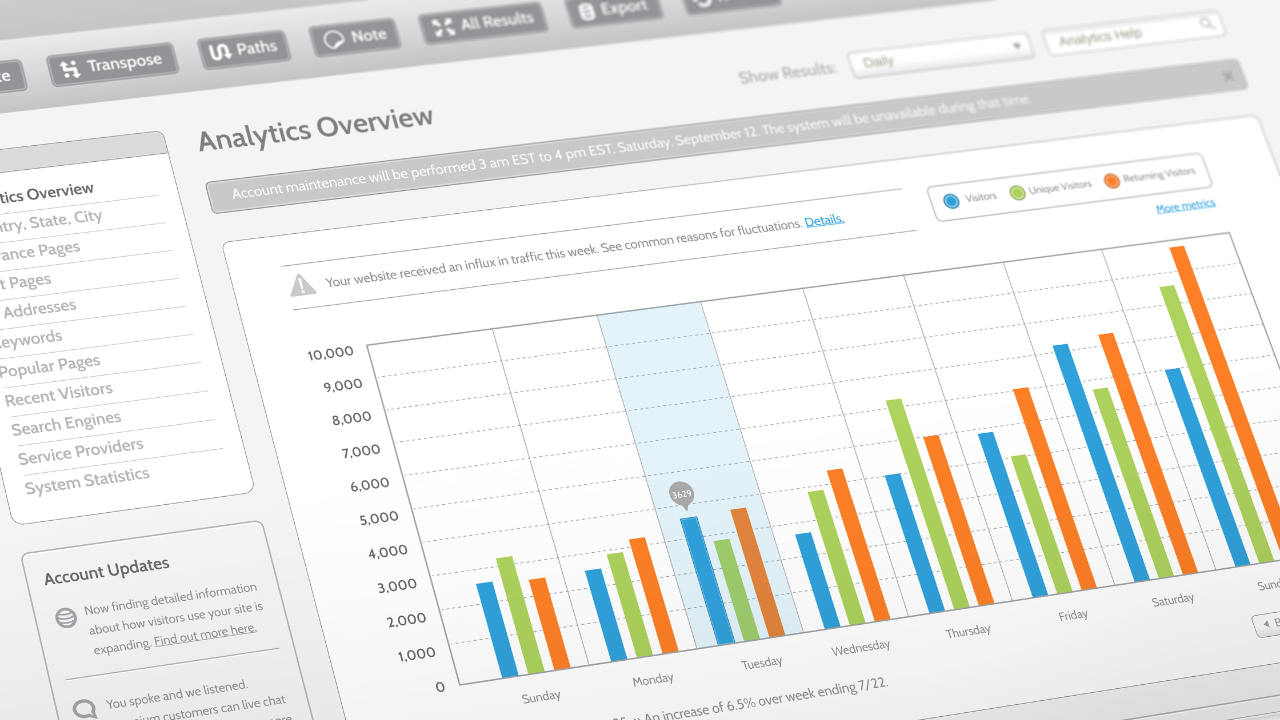Must-Have Marketing Tools for Your Dropshipping Business

Dropshipping businesses can be highly rewarding, but only if you implement good marketing strategies. For that, you need to have the right tools in hand. In this post, we'll share our top marketing tools and tips that can work wonders for your dropshipping business.
Product Images

High-quality product images help your website stand out and are crucial for establishing your dropshipping business and driving sales. While suppliers provide images, enhancing them with unique backgrounds or designs can differentiate your store from competitors. For example, you might use image editing tools like Canva or Adobe Spark to create product images that capture attention. You can also take your own pictures of the products to add a unique touch and make your brand stand out. A small investment in product photography goes a long way in adding quality to your brand.
Check out these tips to optimize your product images.
Social Media Management Tools

Social media is a must-have for any brand these days. It helps build brand awareness and reach your target audience. You can use tools like Hootsuite, Buffer, or the default platform tools to schedule posts across Facebook, Instagram, and Twitter, maintaining a consistent online presence. These tools allow you to engage with your audience without dedicating hours each day to social media management.
Email Marketing Platforms

Email marketing is a step that many businesses miss. However, it is crucial for customer retention and increasing sales. You can use platforms like Mailchimp and Klaviyo to create and automate email campaigns, from newsletters to abandoned cart reminders. These platforms offer features like personalized content, segmentation, and analytics, allowing you to target specific customer groups with personalized messages. You can also track the performance of your campaigns using these platforms. Engaging with your customers through email helps drive significant sales to your business.
SEO Tools

Optimizing your store for search engines is extremely important to garner organic traffic. By using tools like SEMrush, Ahrefs, Google Keywords, and Google Trends, you can identify keywords, analyze competitors, and optimize content. This will improve your search engine rankings and, as a result, attract more customers.
Image Editing Tools

When a customer visits your website with the intent to buy, they will examine the product images. Therefore, it's crucial to have high-quality images to prevent losing a potential customer. Use tools like Canva or Adobe Spark to create appealing graphics and retouch images, enhancing product presentation without requiring design expertise. Alternatively, hire a photographer to take and edit high-quality images for your website.
Image Translation Tools

For international markets, image translation tools like ImageTranslate use AI to translate text within images, making product descriptions and ads accessible in multiple languages. This helps overcome language barriers and expands your customer base globally.
Analytics Tools

Understanding website performance is key to optimizing marketing efforts. Google Analytics provides insights into traffic, customer behavior, and conversions, helping you take informed decisions to improve your marketing strategies.
By leveraging the right marketing tools, you can significantly improve your dropshipping business's visibility, customer engagement, and, consequently, sales. From optimizing product images and managing social media to executing targeted email campaigns and improving SEO, you can reach and convert your target audience effectively. However, do make sure that you continually assess and adapt your approach to stay ahead of trends and meet your customers' evolving needs.
Check out this video to know more:

